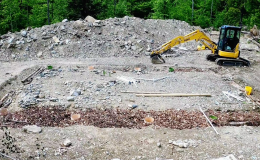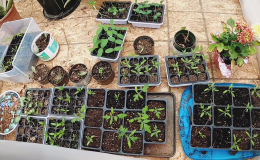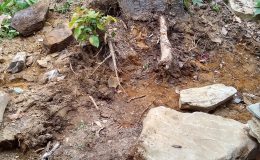Permaculture Design Principles
- By : Sarah
- Category : Bugs, Food Forest, Gardening, Herbs, Land, Materials, Planning and Goals, Soil
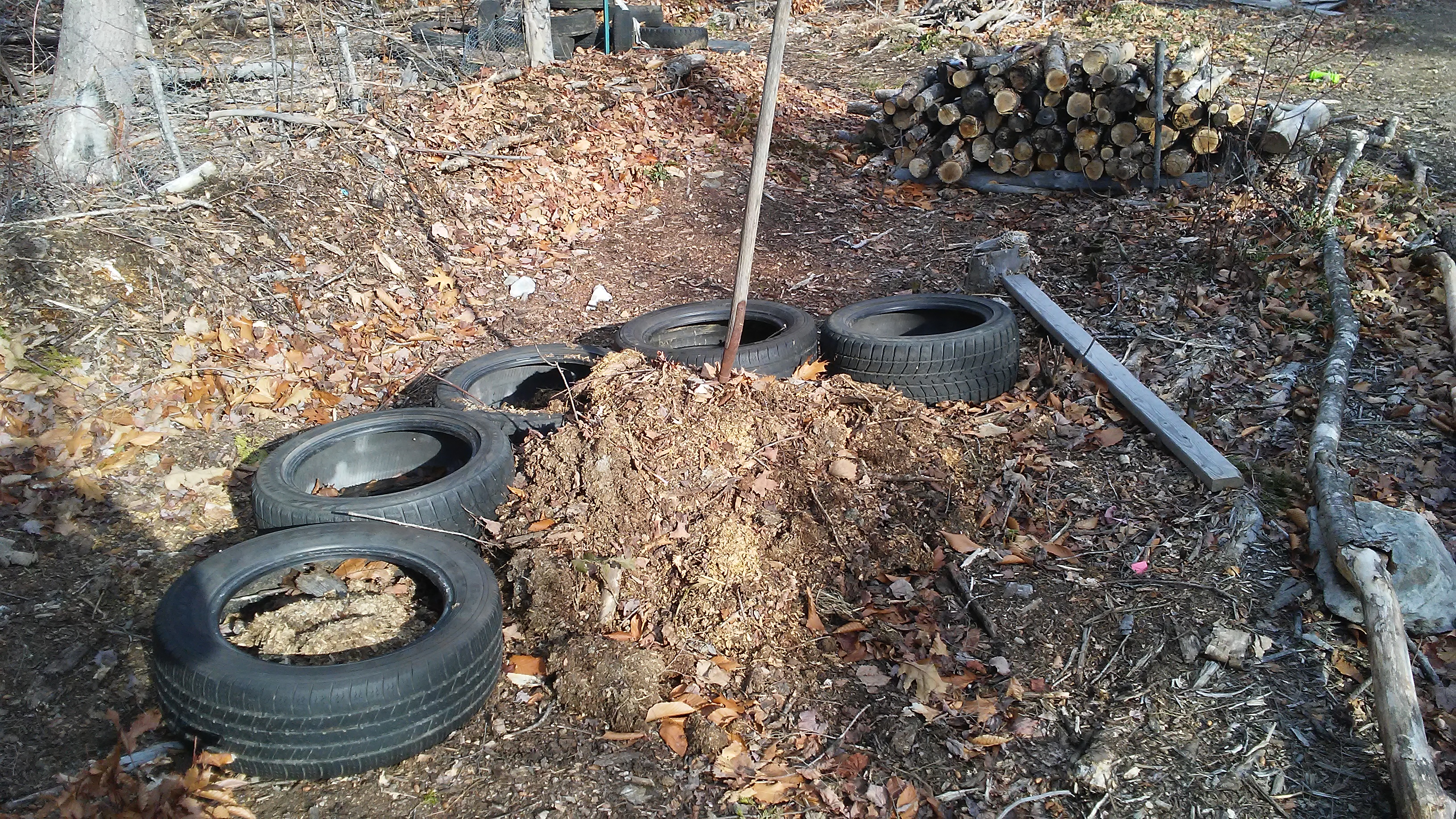
The permaculture design principles are a set of tools that we are using to design a more efficient and sustainable homestead. While we are using these principles in a certain way, according to what we have and our climate, these principles can be universally applied to create systems anywhere you may be with whatever resources you have available to you. Using the principles allows you to design with the future in mind, but also feed you now. They guide you through your design, helping to minimize resources needed and use less energy once the system is functioning. The principles open up a world of creative solutions that will allow you to make your homestead, business, community, etc. into a thriving, sustainable system that you can get the most out of.
There are at least two sets of permaculture design principles. Both are great, I just happened to use this list for this post. And here is the permaculture principle design list:
- Observe and interact– Designing a landscape that you want to thrive for many years takes time. The most important thing you can do to make your project go smooth is to study the land first. Take a walk, take pictures, just open your eyes and look around. Know what you have and work with what is there.
- Catch and store energy– Think solar, and so much more. Electricity is not the only kind of energy. Wood for heat, rotting wood for compost, rain for water use, even collecting blueberries in season and canning them is a form of catching and storing energy.
- Obtain a yield– We all need to eat. Grow food!
- Apply self regulation and accept feedback– Learn from your mistakes. There is a solution to every problem, sometimes right in front of you. Step back and see what you can do to make it better. Be creative!
- Use and value renewable resources and services– Coppice your firewood, conserve your soil, grow perennial food sources, take advantage of natures abundance. Remember: garbage or recycling materials are renewable resources! Don’t throw away that old broken ladder, make a trellis.
- Produce no waste– Compost your kitchen scraps, make planters out of old tires, make garden beds out of rotten logs, make windows out of old glass bottles, the possibilities are endless…
- Design from patterns to details– Find out what you have and what you need. Then work out the details of getting those things. Look at the big picture, then figure out the plan.
- Integrate rather than segregate– Many plants and animals live and grow together cooperatively in nature. Why can’t we plant a garden that mimics nature’s system? Companion planting.
- Use small and slow solutions– Small and slow are more manageable. Take your time and build up the system, then add on later as you need to. Don’t get in over your head!
- Use and value diversity– Don’t put all your eggs in one basket. Everything has multiple uses and many things can provide the same function. Rather than having a backup, have multiple solutions already working. That way when one crop fails, you still have food.
- Use edges and value the marginal– The most diverse area of the forest is right on the edge near the clearing. This is where all the activity is going on. Again, mimic nature.
- Creatively use and respond to change– Cutting down a section of forest is not a terrible thing all the time. Let it grow in wild and sit back and watch the change happen. Every stage of that forest has something to offer. Cut the wood for lumber then watch the kids run around in the open field while you build you house and plant your garden. Watch the wild herbs (weeds) come up and harvest some for medicine and food. Then the bushes with their berries start comping up. Eat some of those too. Then the fruit and nut trees feed you. Then the big trees grow and many years later you have wood for building or fuel again.
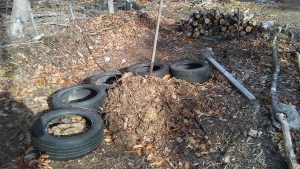
This picture shows the tires I will be using to make potato barrels this year. The pile next to the tires will be the compost I use to mound the potatoes as they grow. The black tires give off heat to keep the compost rotting and will help the potatoes grow. The mound behind the potato area is a hugelkultur bed made of rotten logs and branches, compost, old leaves, and manure. This will be a rich garden beed for many years as the rotten logs slowly break down. The beds will be annual garden beds this year and I will also plant fruit trees among the garden. The trees will not yet be able to shade the garden or consume too many of the beds nutrients. As the trees get bigger, the garden will be less and less used for annuals, and be filled wth fruit trees and perennial companion plants to go with the fruit trees. The annual garden beds will have to be planted somewhere else, but this was planned as a food forest with the long term in mind. It is only an annual garden as an extra function.
Subscribe below to stay tuned for more details.
This post is part of my food forest page.
